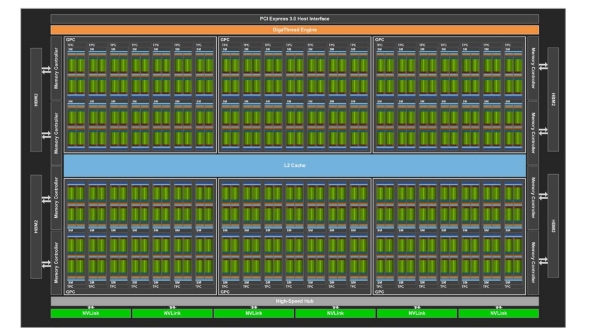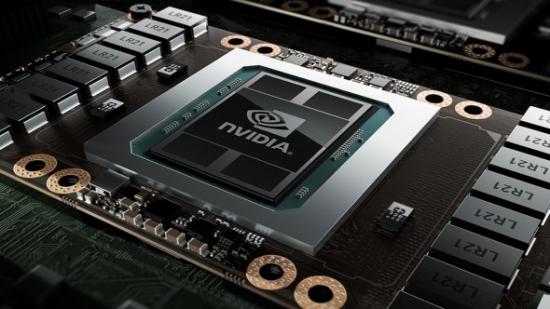Nvidia are getting strict on server suppliers who are switching to gaming-focused Geforce cards over their Quadro and Tesla enterprise products. According to a report from Digitimes, Nvidia are now laying down the law, even threatening to sell fewer graphics cards to repeat offenders.
Looking to upgrade your GPU? Here are our top picks for the best graphics card.
Nvidia’s Tesla range offer the pinnacle in high-performance computing, and their Quadro cards are the de facto ruler of visual workstations, so why would any high-performance computer builder favour a graphics card built for gamers? Well, for one, the Quadro cards cost up to £6,500, and a Tesla-based DGX-1 supercomputer is available at the low cost of £160,000. Bargain.
What you get for your money is the ultimate in performance on the market today, and a handful of features necessary for clusters and redundancy, but for many companies and professionals with high-performance requirements, the price tag may be a little hard to justify. For the price of a single Quadro card you could net yourself a hefty stack of Geforce 1080 Ti graphics cards – their combined computational power is nothing to be sniffed at – but this is affecting Nvidia’s bottom line a little too much for them to simply stand aside and let it happen.
The report from Digitimes suggests that Nvidia are “strictly monitoring” their server suppliers, such as Asus, MSI, and Gigabyte, in case they require a slap on the wrist for undercutting their professional sector sales. This in turn will boost their own sales, but Nvidia may risk turning away professionals to the red team, where AMD’s Vega Radeon Pro series competes with the professional Quadro cards at a much lower price – as long as they don’t mind dropping out of the Nvidia product family.

For machine and deep learning, customers have little choice but Nvidia’s Tesla with the new rules enforced – unless they opt instead for AMD’s Instinct cards.
For Nvidia, this isn’t the worst problem to have: their gaming Geforce graphics cards are unmatched at the high-end, and successful, just a little too successful in applications they aren’t specifically built – or marketed – for. With their recent push into AI and deep learning, however, Nvidia have shown a continued strategy of prioritising the latest graphics architecture for HTC use, and GeForce being used in lieu of the profitable Tesla and Quadro range is certainly throwing a spanner in the works.
Nvidia’s iron fist solution may solve the problem for good, although it will be difficult to enforce these rules beyond the large server suppliers where Nvidia hold the greatest sway, with zealous customers surely finding a way to install Geforce cards in their systems and servers regardless. Either way, gamers already have the miners to contend with, the fewer people buying up Geforce cards the better.
